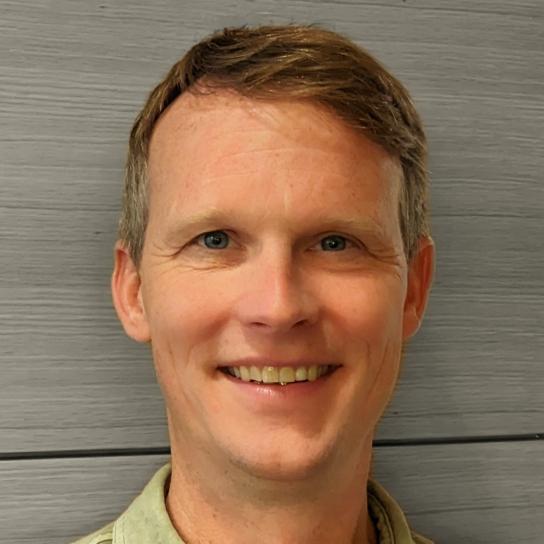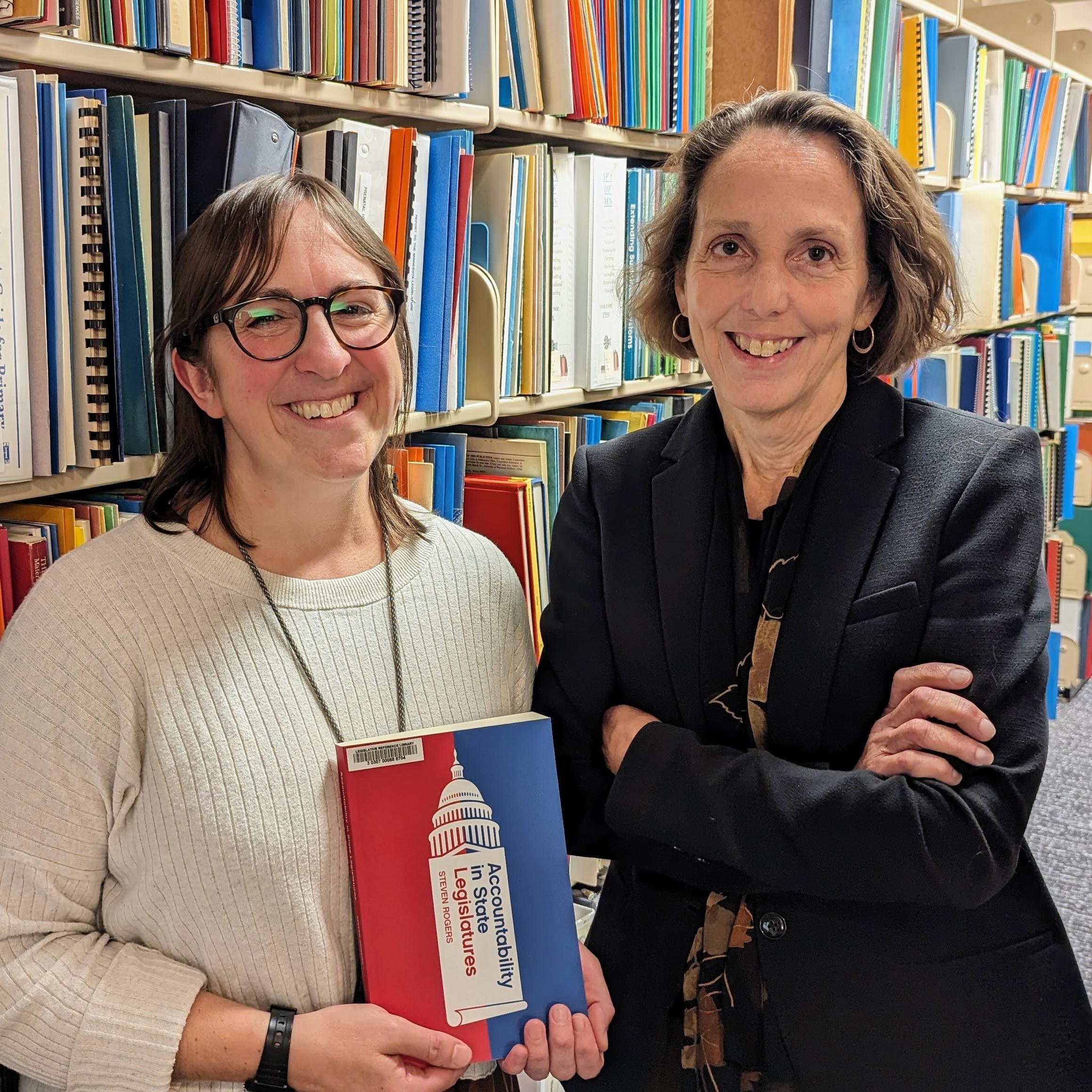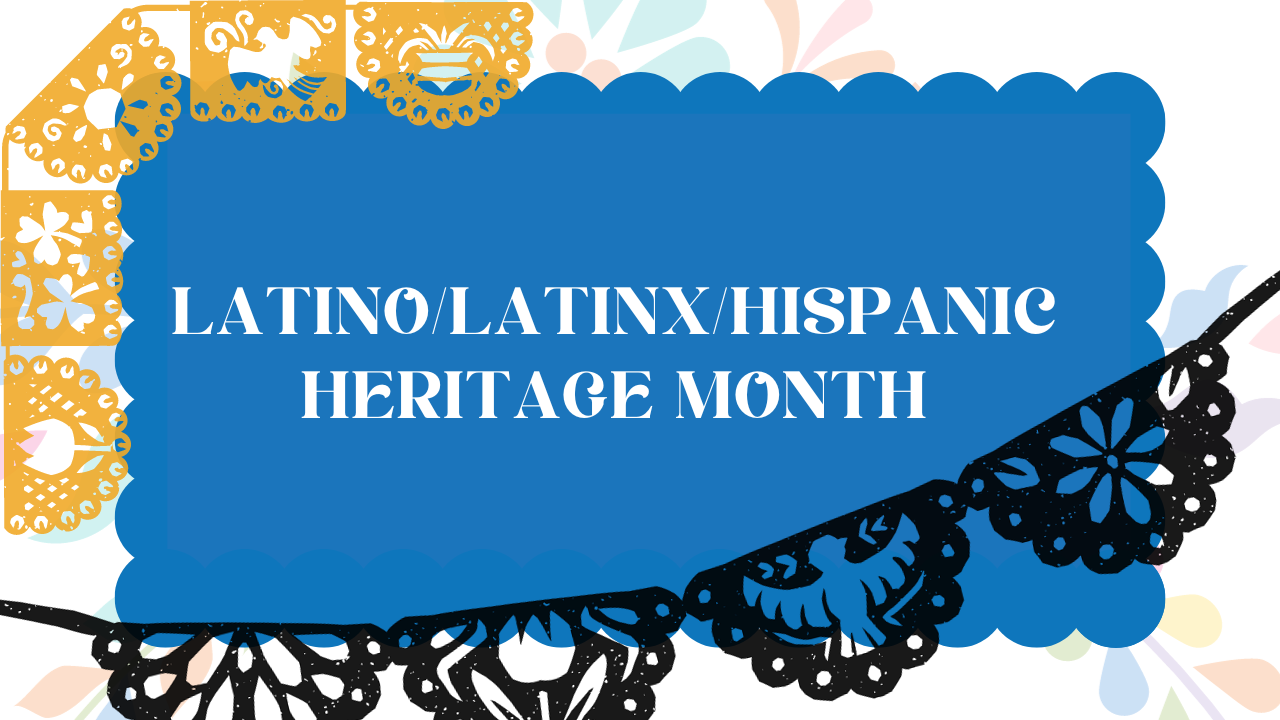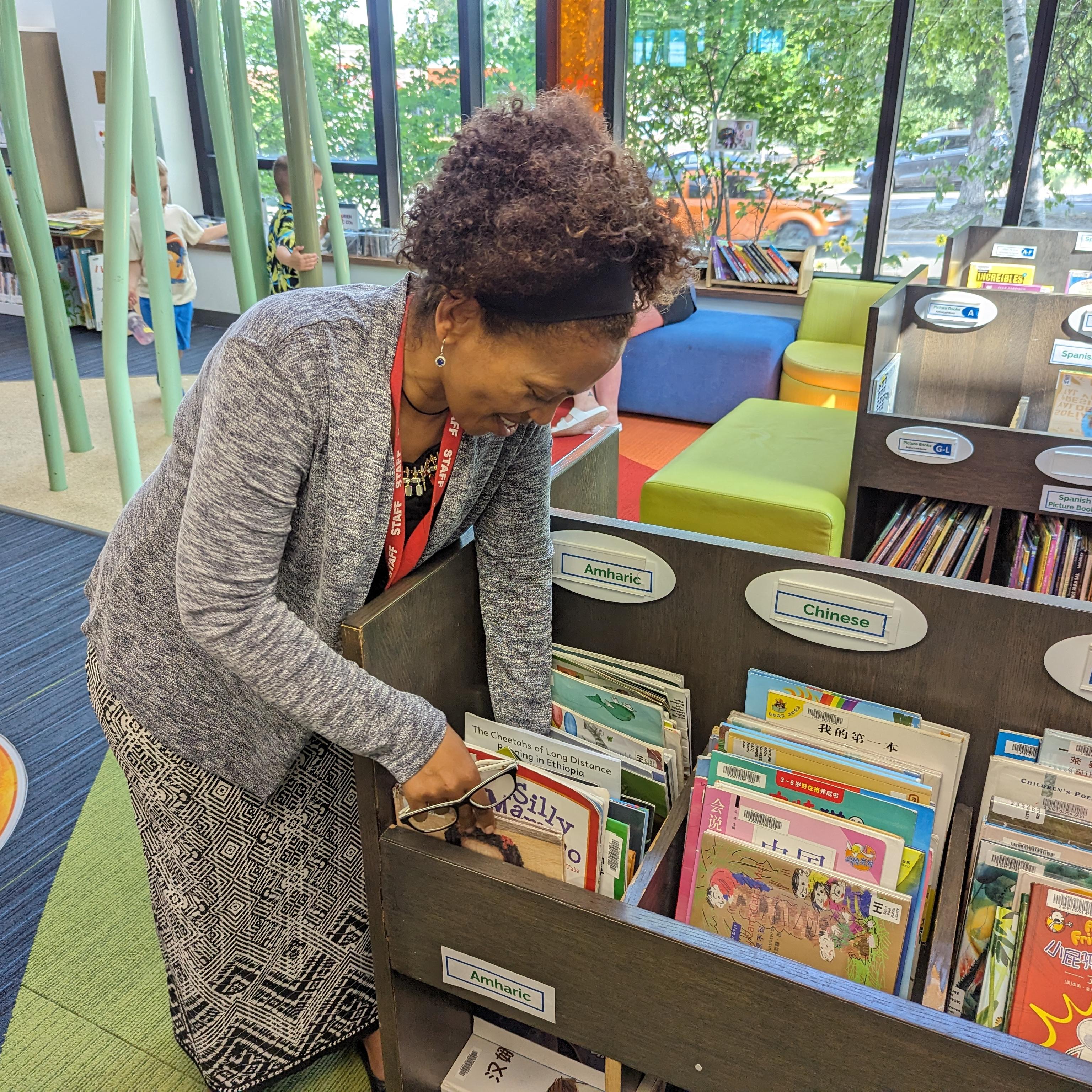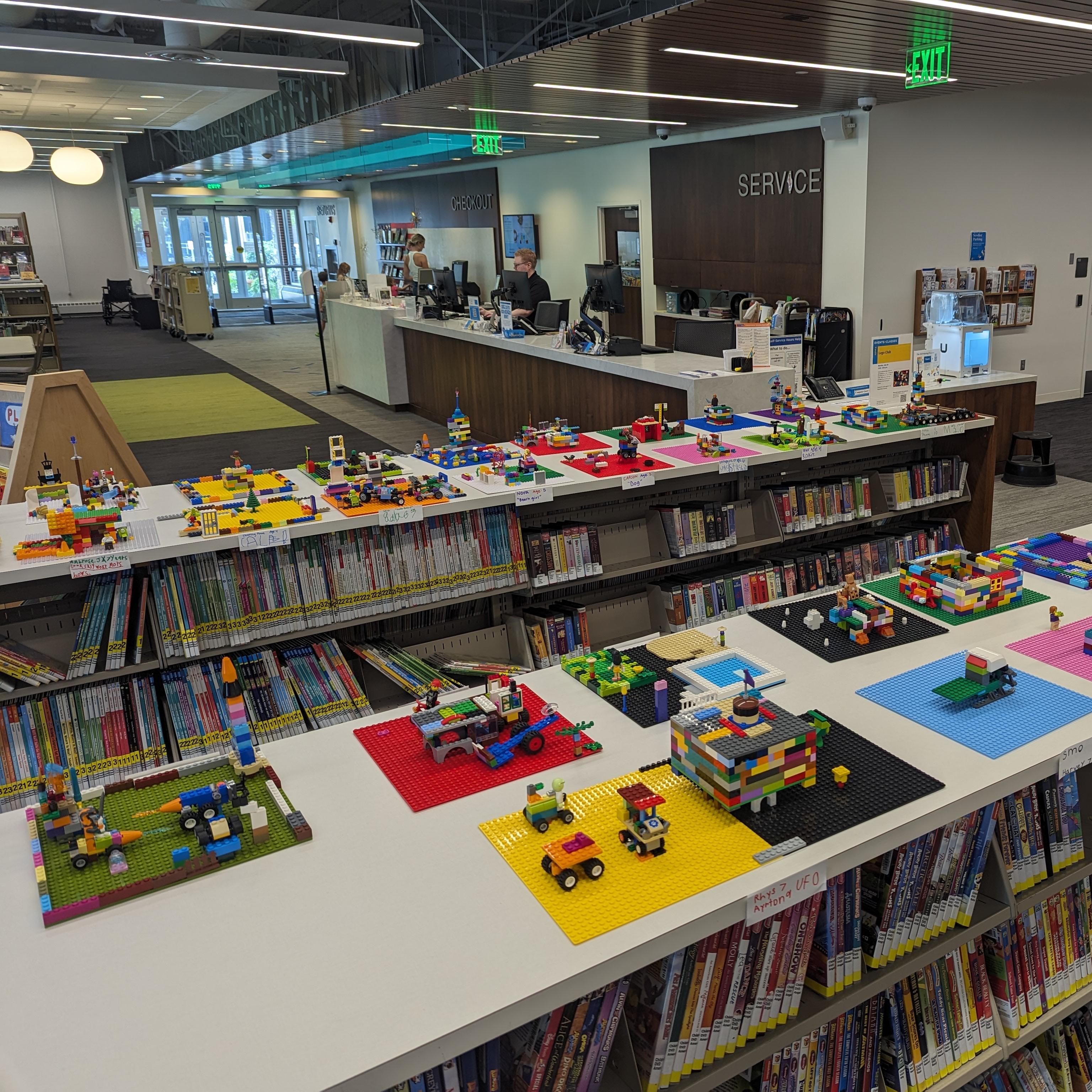by Zach Miller
Quick Summary
The first things that come to mind when you think of Northfield are probably its colleges, St. Olaf and Carleton. But Northfield also boasts one of Minnesota's fastest-growing Latino/x communities.

As you enter Northfield from the west, a sign on the south side of Minnesota State Highway 19 describes what you’re in for: “Cows, Colleges, and Contentment.” Perhaps things have changed in the 20 years since I lived there, but if I’m honest, I never saw a cow in Northfield. What the sign should say is, “Northfield: Where library services are greatly desired, and delivered.”
As the Northfield Public Library’s director, Natalie Draper is in charge of delivering those services. She came to Northfield mid-pandemic (and mid-winter), in February 2021, after eight years with the public library in Richmond, Virginia. Draper is supported by an impressive 24-person staff, many of whom work part-time. She’s also impressed by Northfield’s civic culture. “It’s a very altruistic community.” she says. “On top of that, there are tons of retired PhDs here, and they all seem to be making interlibrary loan requests. MNLINK gets a lot of use!”
Northfield is much more than Carleton, St. Olaf, and their retired faculty members, though. According to an October 2021 report from the State of Minnesota’s Council on Latino Affairs, “nearly all Latino population growth has occurred in counties outside the metro area since 1980.” Furthermore, Rice County is one of only three counties where the Latino/x population grew by more than 5,000, and the report’s list of “2020 Minnesota metro and micro areas with the largest Hispanic population” now shows Faribault-Northfield in fifth place.
The Northfield Public Library’s outreach to the Latino/x community was underway before Draper’s arrival. In 2018, they hired Angelica Linder, their first outreach coordinator. Later, they started a bookmobile and began offering Spanish-language computer classes. During the pandemic, when direct outreach was difficult, Linder found a way to connect with children through driveway storytimes featuring an inflatable unicorn costume. The unicorn has become a mascot of sorts for the library, and a minor local celebrity. It even threw out the first pitch at a Dundas Dukes baseball game. Draper has now incorporated an outreach function into every staff position. “When you get down to it,” she says, “the library isn’t the building, it’s us.”
They are constantly expanding what they offer. They launched their Library of Things in 2021, thanks to an LSTA mini grant. It includes sewing machines, Wi-Fi hotspots, educational kits for children, CD players, a projector, and even a telescope. Every time the periodicals section shrinks, the Library of Things has a little more room to grow.
The Rokus the library is now lending don’t need shelf space. They’re held in a staff area, though not for long. The minute one is returned, it’s back out the door. Each device can be borrowed for one week, and includes a bundle of services: HBO Max, Hulu, Disney+, Netflix, Paramount+, and ViX, a Spanish-language content provider. The Friends of the Northfield Public Library provided the funding to start the program, and Draper allocates ongoing funding from the DVD budget.
The library’s mobile makerspace brings digital cameras, iPads, STEAM kits, Osmo sets, Makey Makey fruit pianos, and more directly into the community. There’s also a home delivery program coordinated by staff and operated by volunteers from town. They deliver traditional library materials and items from the Library of Things to any patron, at no cost.
The Northfield Public Library is one of Rice County’s three municipally funded libraries, the other two of which are located in Faribault and Lonsdale. All are members of SELCO. Soon, there will be another. This fall, Draper and her colleagues are opening a satellite branch of their main library, on Northfield’s south side. “There are plenty of people in town who don’t really need to come downtown. But they do need library services. So we’re going to them.” Draper calls the satellite location “The Oasis.” It will be conveniently located near the high school and an elementary school, in the same building as the Community Action Center of Northfield and its food distribution center.
The Oasis is unlikely to be the end of the Northfield Public Library’s growth. “It’s hard to figure out who we’re not serving when the community is so eager to take up our services,” says Draper. “Who are we missing? That’s the current question.”
